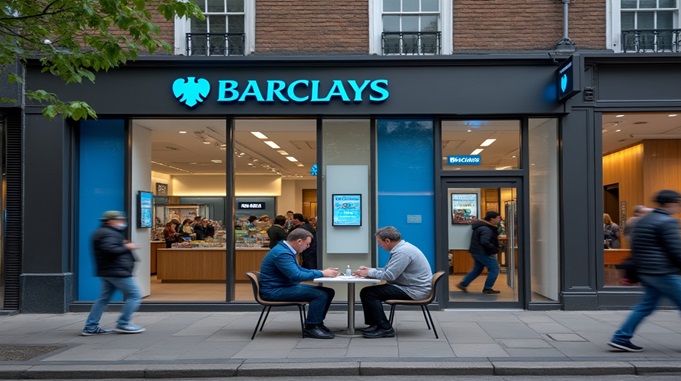
Below you will find a predication from Price Waterhouse Cooper of just how many businesses, they think, are going to go insolvent in 2024. If you are facing such a dilemma yourself, and have a Bounce Back Loan still owing, just a reminder you can make use of a completely free of charge Pre-Investigation Service.
In layman’s terms, you simply hand over your accounting records and anything else requested and you will then be presented, once those documents have been reviewed, with an insight into anything that will raise eyebrows with an Insolvency Practitioner and could lead to a Compensation Order and/or a Director ban, if you do go on to take the Insolvency route with your Limited Company.
If that is something you are interested in, which may help alleviate any worries you may have, such as how you applied for the BBL or how you spent it etc, give me a bell and I will talk you through that service and can put you in touch with a licensed professional offering that completely free of charge and 100% confidential service.
Price Waterhouse Cooper Prediction
PwC has issued a warning, anticipating nearly 30,000 businesses to face insolvency in 2024. The forecast underscores a significant surge in business collapses, with smaller enterprises bearing the brunt. Sectors particularly vulnerable include hotels, catering, manufacturing, and transport and storage.
Factors like soaring energy costs, sluggish economic growth, and the repercussions of escalated interest rates are poised to amplify the challenges faced by businesses in the forthcoming year. Should PwC’s projections hold, corporate insolvencies in the UK are on track to hit their highest point since 2004.
Barret Kupelian, PwC’s chief economist, highlighted the potential struggle, remarking on the likelihood of numerous ‘zombie businesses’—entities that have thrived on the prolonged period of low-interest rates—facing imminent difficulties.
The forecast also indicates that consumer prices will persist at elevated levels in 2024, despite a decline in headline inflation. This lingering higher cost of living will compel consumers to recalibrate their spending habits based on their priorities and preferences.
Recent data from The Insolvency Service revealed a substantial increase of 21 percent in registered company insolvencies in November compared to the same period last year. Ranald Mitchell of Charwin Private Clients emphasized the intensifying pressure on households and businesses due to high interest rates, persistent cost of living challenges, surging energy prices, and inflationary pressures.
Insolvency practitioners at Begbies Traynor echoed these concerns, anticipating a further rise in business insolvencies as corporate distress levels continue to escalate.
Although UK inflation saw a decline to 3.9 percent in November, down from 4.6 percent the previous month, analysts expected a figure of 4.4 percent. The reduction, driven by easing fuel and food price pressures, marks the lowest inflation level in over two years. However, this prompted discussions about a potential policy reconsideration at the Bank of England, which has been resisting suggestions of imminent interest rate cuts.
Financial markets are anticipating rate cuts by the spring, with some suggesting a potential base rate cut as early as February, following the retreat in inflation. PwC anticipates headline inflation to edge closer to the 2 percent target next year.
Despite persisting challenges and an expected increase in insolvencies, there’s a cautiously optimistic outlook for 2024, according to PwC’s Kupelian, who acknowledges lingering uncertainties like global energy price volatility due to ongoing conflicts in the Middle East and the upcoming General Election. Nonetheless, the overall outlook for 2024 appears more positive compared to forecasts made twelve months ago.








